CubeSats, the Smallest Members of the Satellite Family
NASA has announced a Cube Satellite Launch Initiative (CSLI) recently, making it possible for a private company to propose a Cube Satellite (CubeSat) mission that will be deployed in space by a NASA booster that has space available on it for more cargo than it is scheduled to take into space. In very simple terms, a CSLI means that NASA will “cover the cost” of putting your CubeSat mission into orbit in exchange for a report on the results of your CubeSat study at the end of the mission!
A CubeSat itself is inexpensive to fabricate from a parts costs standpoint, typically, a CubeSat is a small satellite made up of multiples of 10cm x 10cm x 10cm units, composed of up to 6 units, with each unit weighing less than three pounds or 1.33 Kilograms. A CubeSat doesn’t have complicated circuitry, you can find the parts for it at any electronics store (microprocessors, modem ports, digital cameras, and Global Positioning System satellite navigation units) and the light weight is made possible by the ongoing miniaturization of electronics. The rigid framework of a cube sat is usually fabricated by a 3D Printer, mimicking the packaging of the “Beanie Babies” that my children bought as toys years ago. About half of all CubeSats are on scientific study missions, measuring space “weather”, near earth objects, climate change, ice coverage, and other earth science parameters. The remainder of them are used in communications, radiation testing, technology development, propulsion, and navigation control. CubeSats were originally used in Low Earth Orbit (LEO), but are starting to reach out into the solar system, to Mars, Jupiter, and Earth’s Moon, making them valuable aids in learning and development.
Sounds easy, but CubeSats are expensive to develop, launch into space, and secure necessary permissions from:
- The FAA requires a license for anything launched into space.
- The FCC requires a license to launch any device that transmits or receives RF communication signals.
- The National Oceanic and Atmospheric Administration for imager use is also required in some cases.
The cost for launch of a cube satellite on its own can be $40,000.00, which is small compared to the cost of launching larger satellites. Fortunately, there is usually ample funding for these studies and missions available. The devil is in the details, and the contract has a very strict timeline once the proposal is accepted. A typical timeline for a CubeSat launch from concept to being placed into orbit is 18-24 months, and if you can’t make the deadlines, you will forfeit your spot on the booster.
At V Technical Textiles, Inc., we can help you with the FCC and NASA test standards for RF Emissions and RF susceptibility with the use of our Flexible RF Shielded Testing Enclosures to determine if your device is susceptible to RF Radiation, affecting its function as well as determining if your device is “too noisy”, emitting more RF Interference than is tolerable by the FCC and NASA Standards. Given the small size and weight of these CubeSats, we can also help you shield your device from the effects of ambient RF radiation and to “seal the RF leaks that create excess RF noise” by using our extremely light weight unique metalized conductive textiles. Our goal is to help you have an RFI “clean” satellite! Please contact us if you need help in any of these areas!
V Technical Textiles, Inc.
www.vtechtextiles.com
info@vtechtextiles.com
(315)-597-1674 PHONE
(315)-597-6687 FAX
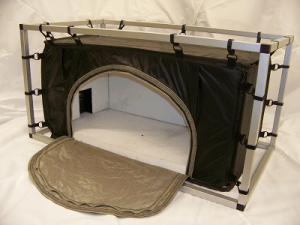
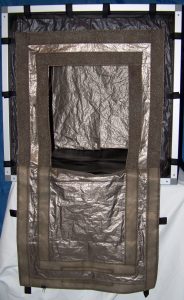
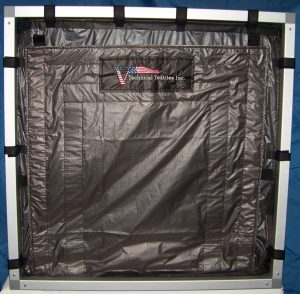
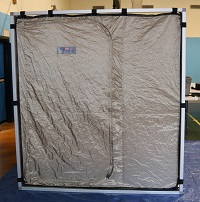
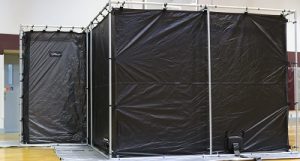
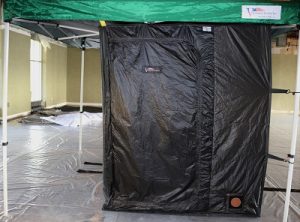
Small, Large, or in Between, We have an RF Shielded Enclosure that will fit your Testing Needs!

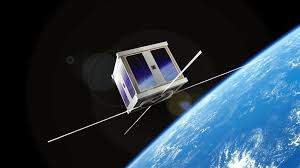
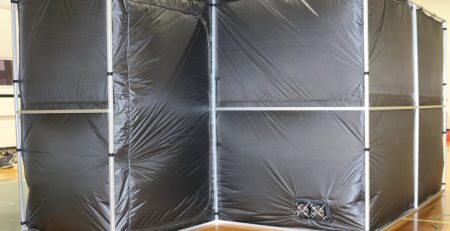

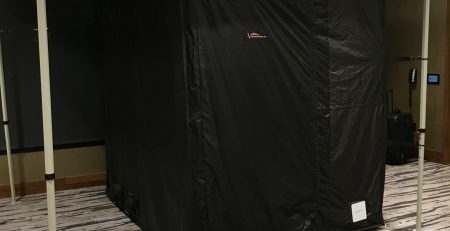
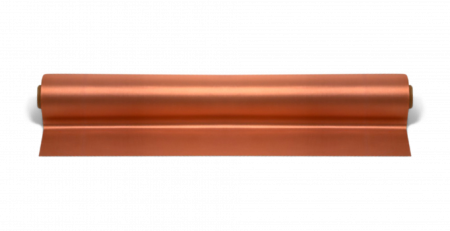

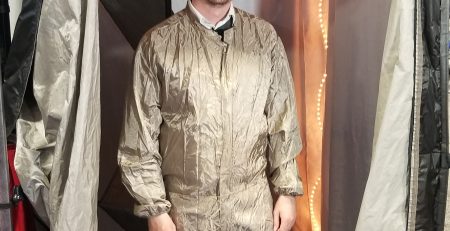

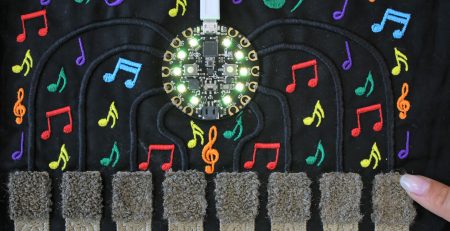
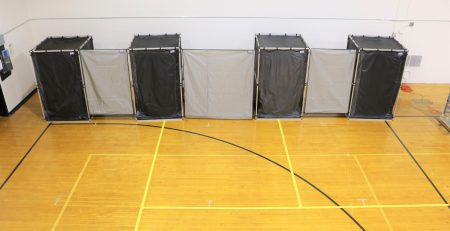
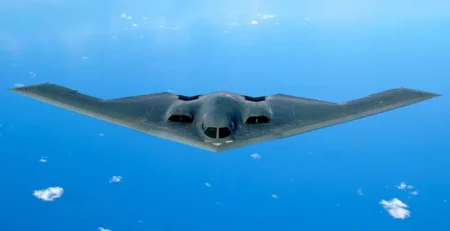

Leave a Reply